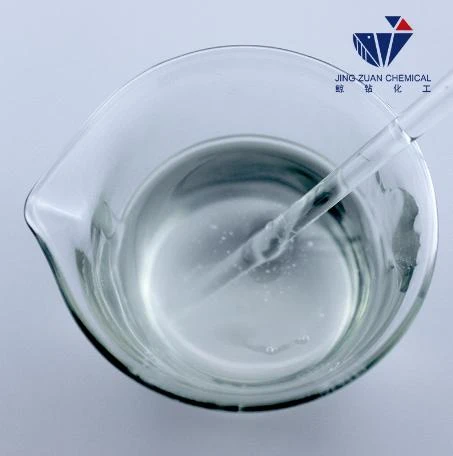
Dec . 04, 2024 10:14 Back to list
is hpmc soluble in water
Is HPMC Soluble in Water? An In-depth Analysis
Hydroxypropyl Methylcellulose (HPMC) is a versatile and widely used cellulose ether derivative, known for its unique properties and applications in various industries including pharmaceuticals, food, and cosmetics. One of the fundamental questions surrounding HPMC is whether it is soluble in water. Understanding the solubility of HPMC is crucial for its effective use in formulations ranging from drug delivery systems to food additives.
What is HPMC?
HPMC is a semi-synthetic polymer derived from cellulose, which is a naturally occurring biopolymer found in plant cell walls. By chemically modifying cellulose through the introduction of hydroxypropyl and methoxy groups, HPMC exhibits a range of properties that make it ideal for numerous applications. Its ability to form films, gels, and its thickening and binding properties are due to the modification of the cellulose structure, which enhances its water retention and solubility characteristics.
Solubility of HPMC in Water
The solubility of HPMC in water is a key aspect that enables its application in various aqueous formulations. HPMC is classified as a water-soluble polymer, which means that it can dissolve in water to form a viscous solution. However, the extent to which HPMC dissolves in water depends on several factors, including the molecular weight of the polymer, the degree of substitution (the number of hydroxypropyl and methoxy groups), and the temperature of the water.
1. Molecular Weight HPMC is available in various grades, categorized primarily by their molecular weight. Lower molecular weight grades tend to dissolve more readily compared to higher molecular weight grades. This property is significant because higher molecular weight HPMC may form more viscous solutions, which can be advantageous in creating gels or controlled-release systems, yet may pose challenges in achieving complete dissolution.
2. Degree of Substitution The degree of substitution (DS) relates to the number of hydroxyl groups on the cellulose backbone that have been replaced by hydroxypropyl and methoxy groups. HPMC with a higher DS typically exhibits improved solubility in water. However, the relationship is not linear, as excessively high DS can lead to decreased interaction with water molecules, potentially reducing solubility.
is hpmc soluble in water

3. Temperature The temperature of the water also plays a notable role in the solubility of HPMC. Generally, as temperature increases, the solubility of HPMC improves. This characteristic is utilized in applications where HPMC is combined with hot water to enhance dissolution rates, such as in the preparation of certain pharmaceutical or food formulations.
Applications of HPMC
Due to its solubility in water, HPMC is employed in various formulations such as
- Pharmaceuticals It acts as a binder in tablet formulations and as a thickening agent in liquid medications. Its ability to form gels also makes it a popular choice for controlled-release drug delivery systems.
- Food Industry In the food sector, HPMC serves as a thickener, stabilizer, and emulsifier, aiding in the texture and mouthfeel of food products. Its water solubility contributes to its functionality in sauces, dressings, and bakery products.
- Cosmetics HPMC is used in personal care products to improve texture and stability, often found in creams, lotions, and shampoos due to its emulsifying properties.
Conclusion
In summary, Hydroxypropyl Methylcellulose (HPMC) is indeed soluble in water. The degree of solubility is influenced by various factors including molecular weight, degree of substitution, and temperature. Its water-soluble nature opens up a plethora of applications across different industries, reinforcing its role as a critical ingredient in formulations ranging from pharmaceuticals to food products. Understanding the solubility characteristics of HPMC is essential for formulators aiming to optimize product performance and efficacy. With ongoing advancements in polymer chemistry, the potential uses of HPMC and its derivatives continue to expand, promising further innovations in the fields of medicine, food science, and beyond.
-
Versatile Hpmc Uses in Different Industries
NewsJun.19,2025
-
Redispersible Powder's Role in Enhancing Durability of Construction Products
NewsJun.19,2025
-
Hydroxyethyl Cellulose Applications Driving Green Industrial Processes
NewsJun.19,2025
-
Exploring Different Redispersible Polymer Powder
NewsJun.19,2025
-
Choosing the Right Mortar Bonding Agent
NewsJun.19,2025
-
Applications and Significance of China Hpmc in Modern Industries
NewsJun.19,2025







